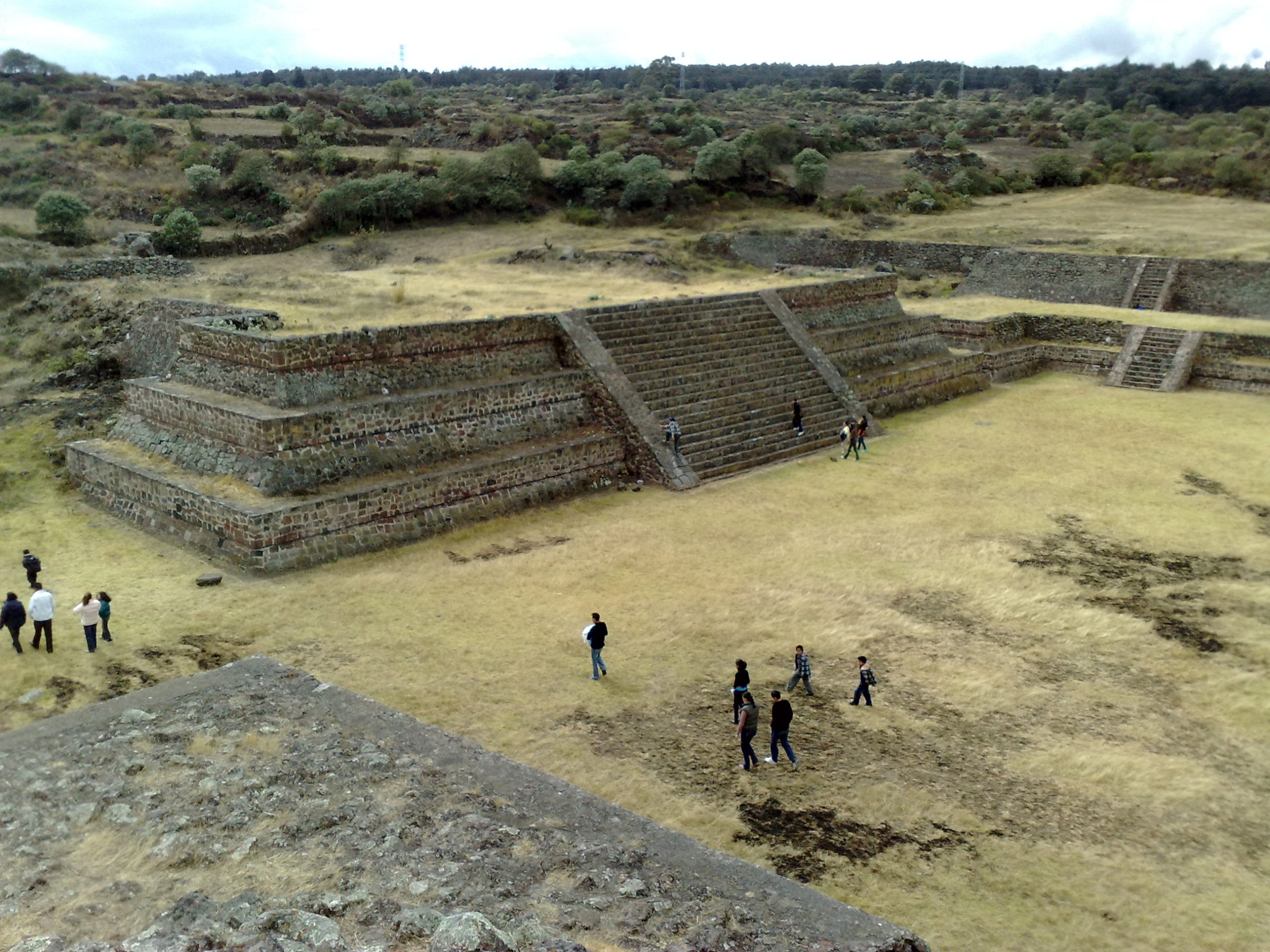The Divine City of Walls
Nestled in the southern expanse of the Valley of Toluca lies the ancient city of Teotenango, a pre-Hispanic marvel that stood as a testament to the ingenuity and spirit of the civilizations that thrived in the heart of Mexico. Founded in the twilight years of the Teotihuacan civilization, Teotenango’s story is one of conquest, resilience, and ultimately, oblivion following the Spanish conquest of the Aztec Empire. Yet, the ruins of this once-great city continue to whisper the tales of its past, offering a glimpse into a millennium of Mesoamerican history.
Get your dose of History via Email
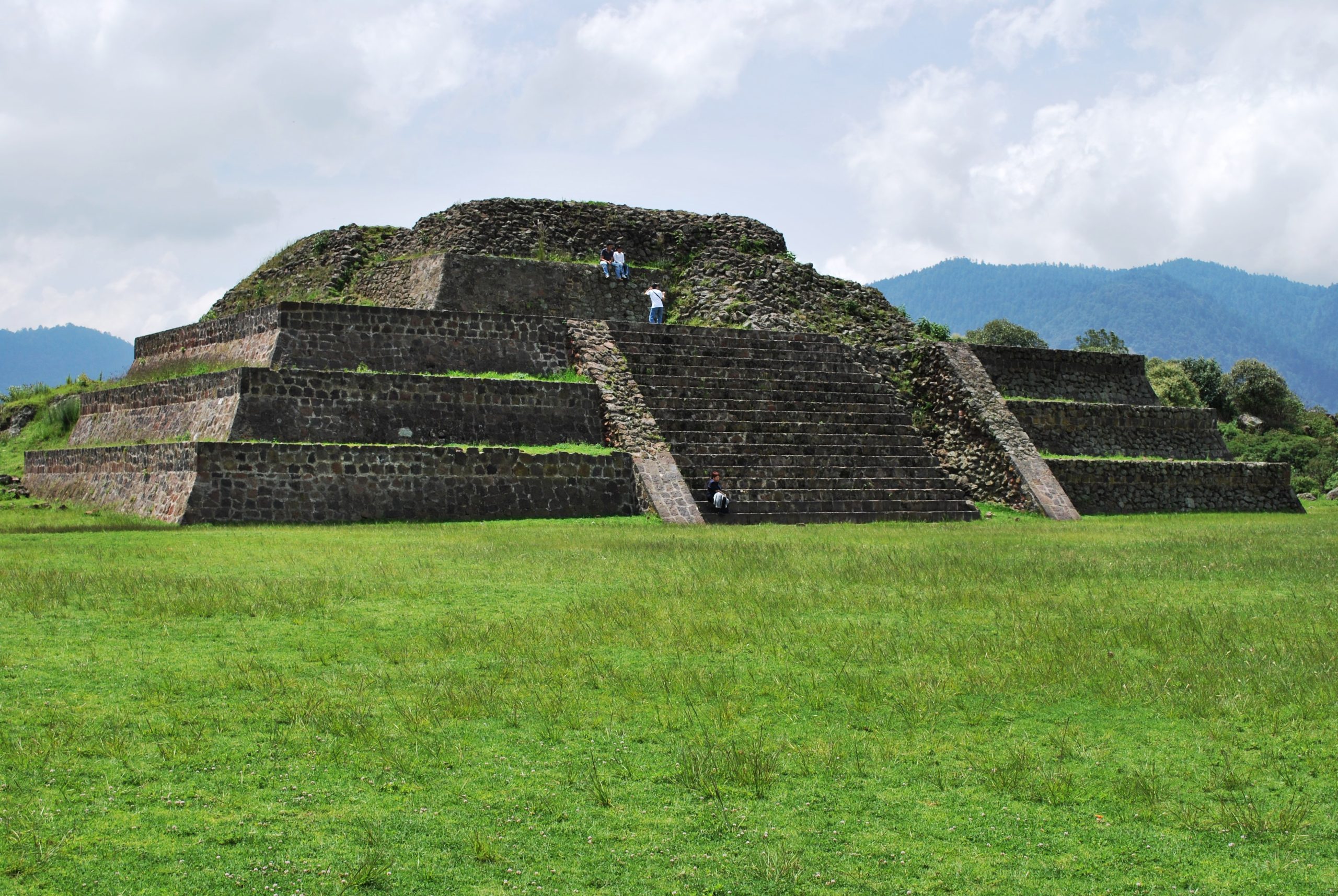
Origins and Etymology
The name Teotenango, derived from the Nahuatl words “teotl” (god or divine), “tenamitl” (wall or fortification), and “co” (place), translates to various interpretations such as “in the place of the divine wall” or “in the place of the original fortification.” This nomenclature not only highlights the city’s sacred and fortified nature but also distinguishes it from the town established by the Spanish in the valley below post-conquest. Historical texts, including the Teutenanco Chronicles and the Original Chronicles of Chalco-Amaquemecan, offer insights into the city’s significance, referring to it as “Cozcuauhtenanco” or “walled place of the buzzards,” a nod to the military order that safeguarded the city.
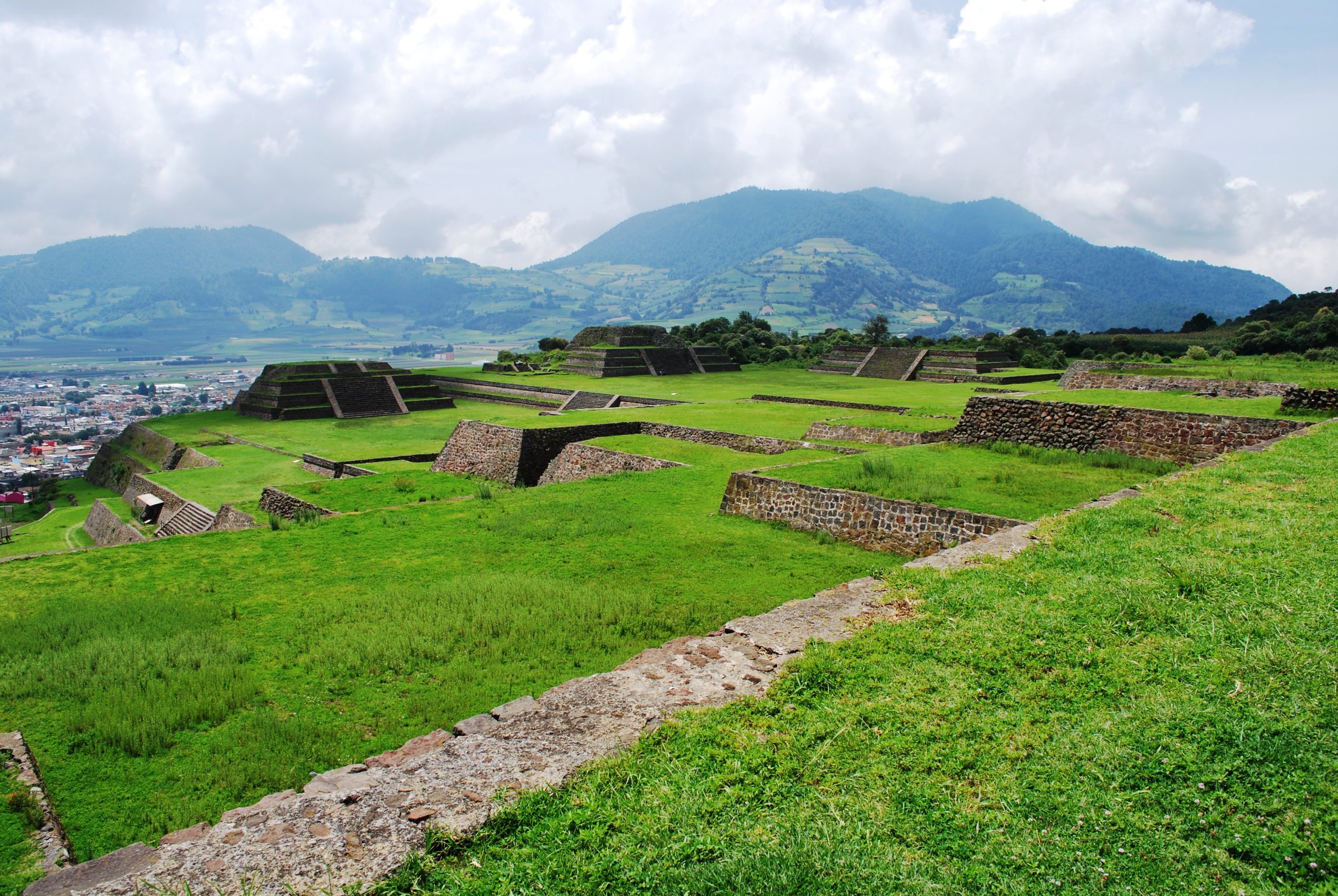
The City’s Apex
At its zenith, Teotenango was a bustling metropolis, complete with pyramidal platforms, palaces, a ballgame court, and an intricate system of drainage and water delivery. The city’s main road stretched approximately 1,400 meters, flanked by formidable defenses and adorned with petroglyphs that remain a subject of fascination. However, only a fraction of the city, primarily the ceremonial center in the northeast, has been excavated and preserved, leaving much of its history shrouded in mystery.
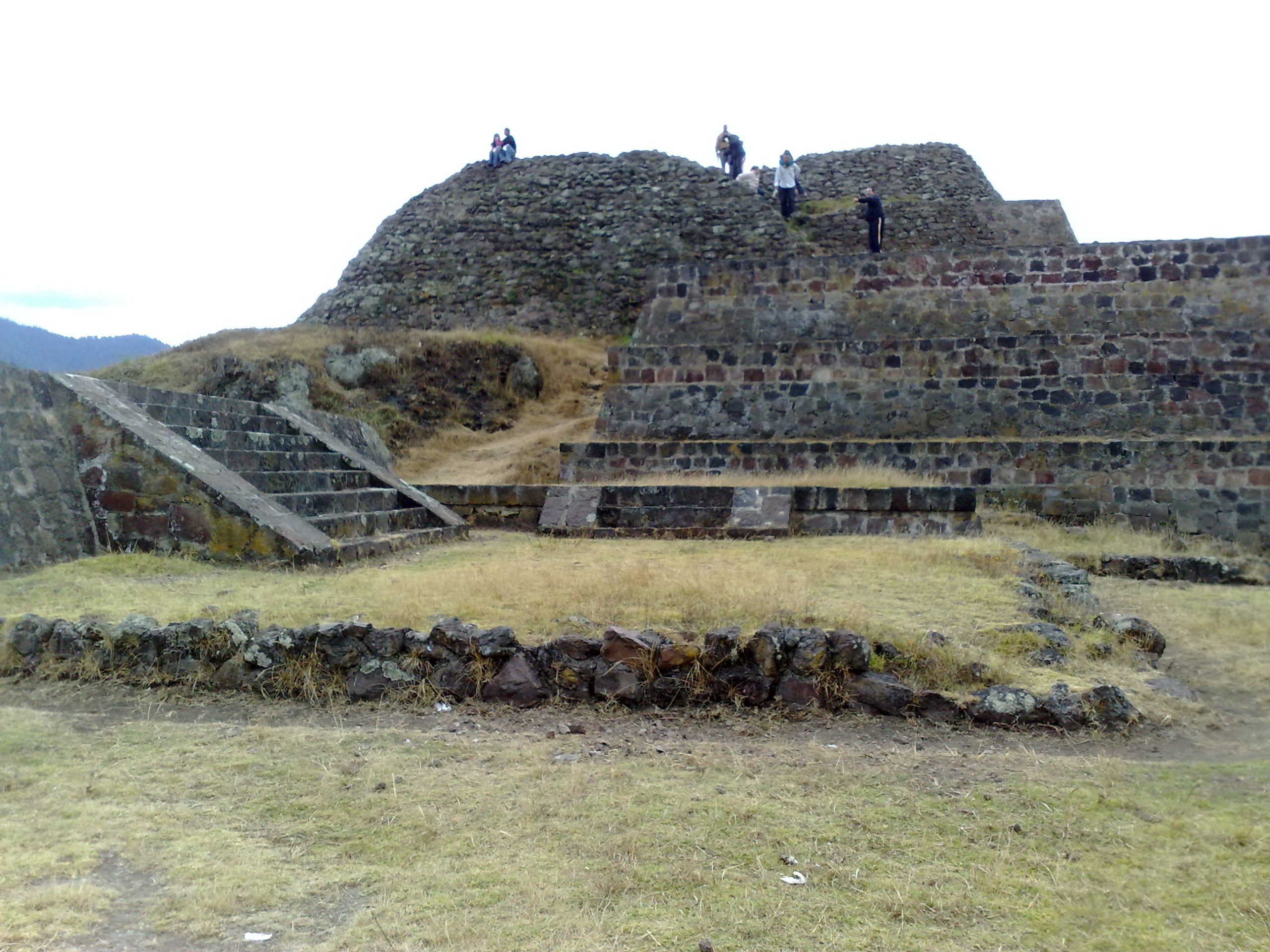
Geographical and Historical Context
Perched atop Tetépetl hill, Teotenango commanded a strategic position overlooking the Valley of the Matlatzinco. The city’s location was not only defensible but also served as a vital trade route, connecting the highlands to the tropical lowlands. Over the centuries, Teotenango saw multiple phases of occupation, from its initial settlement by the Otomí and Teotihuacan emigrants to the conquest by the Matlatzincas and later the Aztecs. Each era left its mark on the city, contributing to its architectural and cultural legacy.
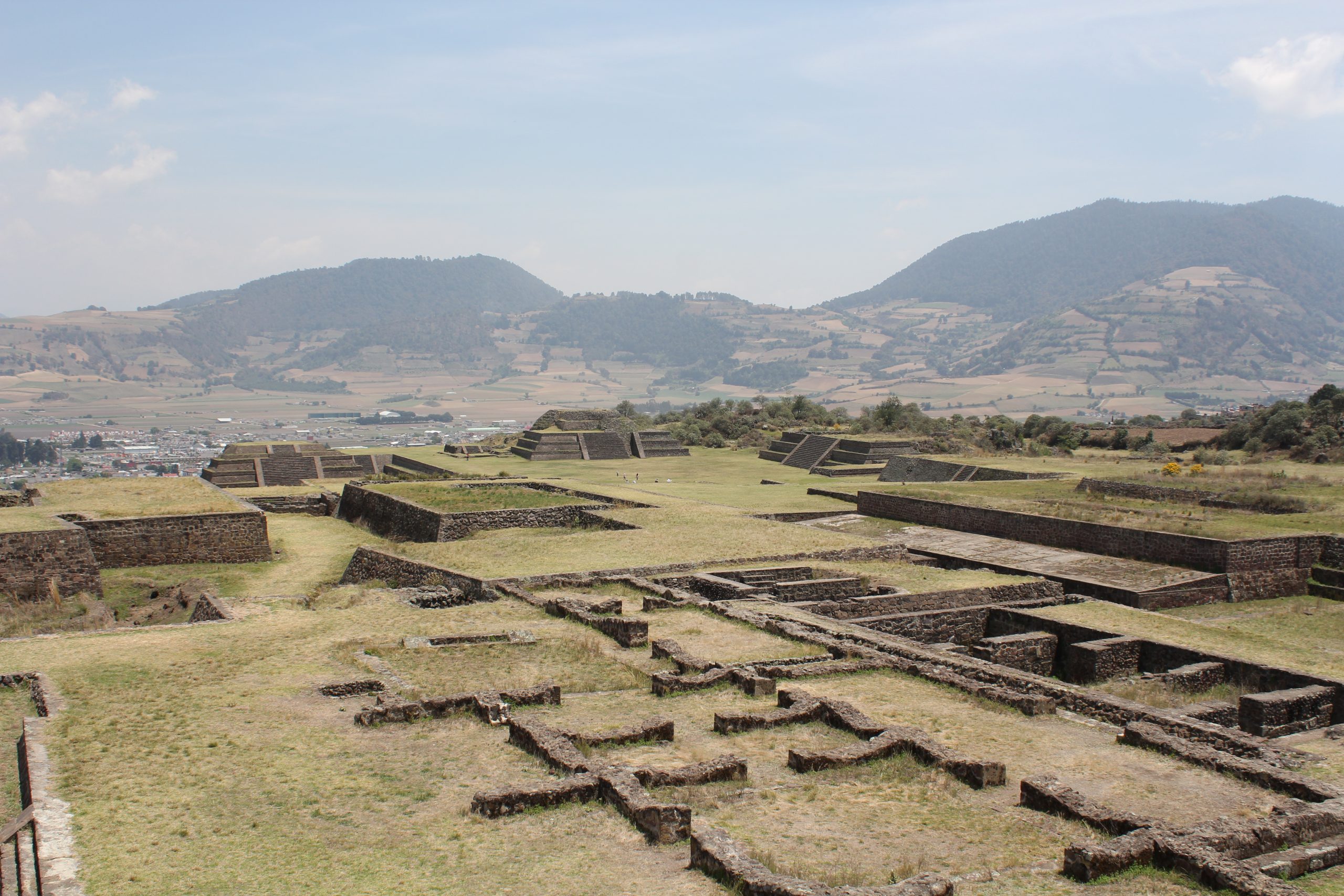
Excavation and Preservation
The modern rediscovery of Teotenango began in earnest in 1969, spearheaded by archaeologist Wanda Tomasi and supported by the Instituto Nacional de Antropología e Historia (INAH). Despite financial and logistical challenges, significant portions of the site were excavated, revealing the city’s complex urban layout and rich material culture. The Roman Piña Chan Archeological Museum, established as part of the excavation efforts, houses over 1,000 artifacts, offering invaluable insights into the city’s past.
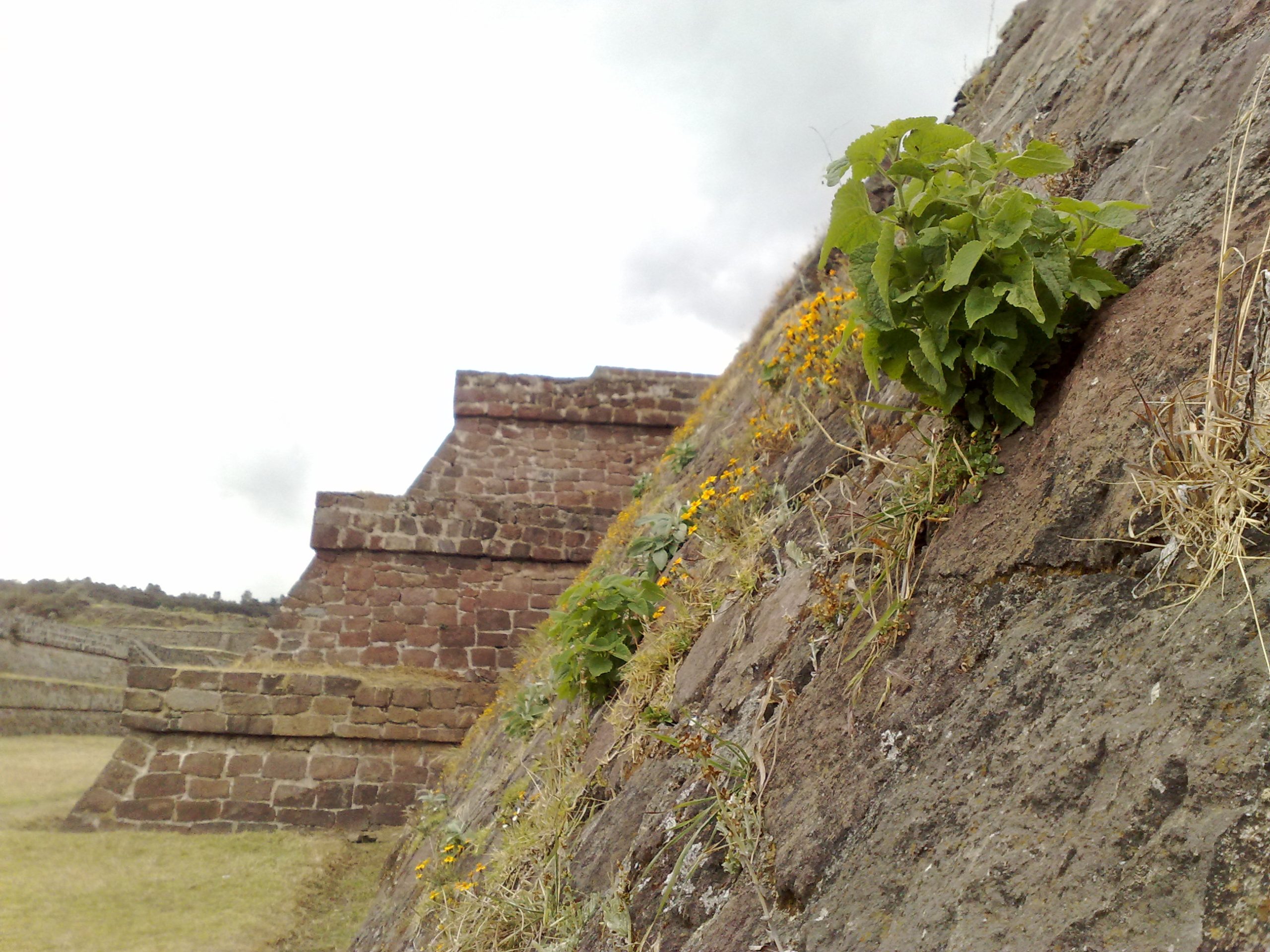
The Legacy of Teotenango
Today, Teotenango stands as a monument to the resilience and ingenuity of the Mesoamerican peoples. Its ruins, though partially excavated, continue to captivate scholars and visitors alike, serving as a tangible link to Mexico’s rich pre-Hispanic heritage. As urban development encroaches upon the site, the challenge of preserving Teotenango’s legacy for future generations becomes ever more pressing. Yet, the city’s enduring spirit, encapsulated in its divine walls and ancient stones, remains a testament to the civilizations that once called it home.
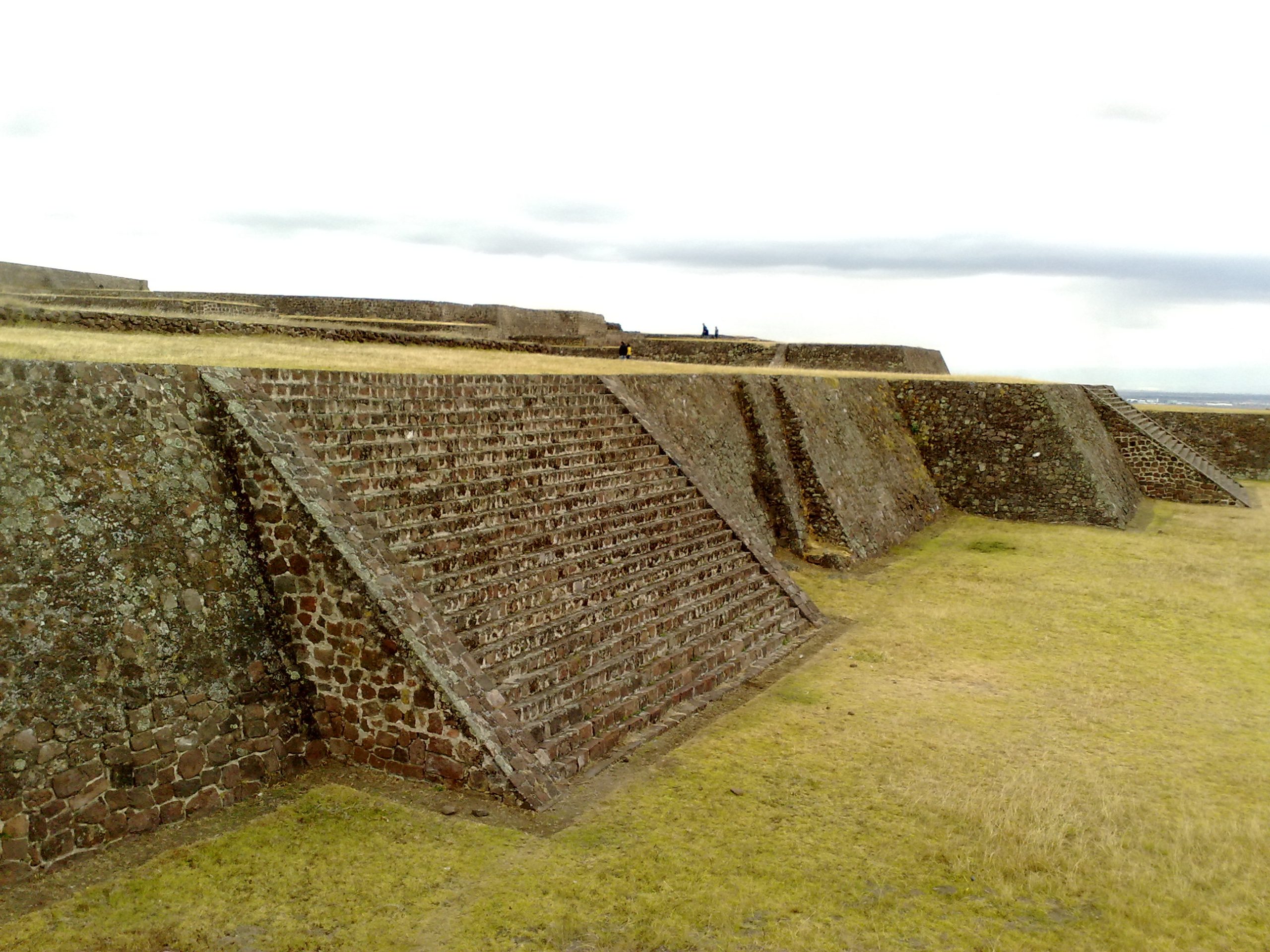
Conclusion and Sources
Reputable sources used in the creation of this article include:
- Wikipedia: https://en.wikipedia.org/wiki/Teotenango

